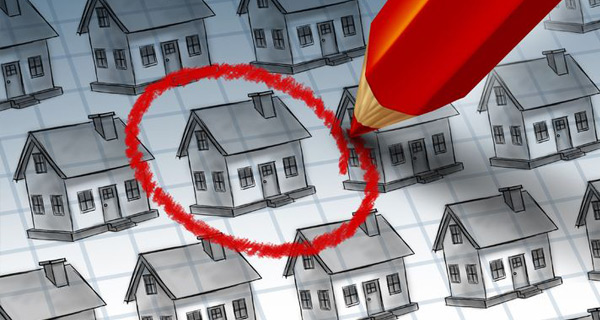August 2, 2016
 A reader asks, “What extra expenses does a seller pay for a FHA offer compared to a conventional offer when selling their home?”
A reader asks, “What extra expenses does a seller pay for a FHA offer compared to a conventional offer when selling their home?”
Seller contributions and their limits are covered in HUD 4000.1. It’s impossible to speculate what the differences might be between an FHA mortgage and a conventional mortgage as loan terms may vary from lender to lender. However, FHA loan rules are clear on this subject in terms of what is permitted and what is not.
Seller contributions are known as “interested party contributions” in HUD 4000.1. These must be negotiated between borrower and seller, but the agreed-upon contributions must meet FHA standards.
FHA loan rules are quite clear-there is a cap on the value of seller concessions. Page 220 of HUD 4000.1 states:
“Interested Parties may contribute up to 6 percent of the sales price toward the Borrowers origination fees, other closing costs and discount points.”
What does that six percent limit include? Interested Party payment for permanent and temporary interest rate buydowns and other payment supplements, payments of mortgage interest for fixed rate Mortgages, Mortgage Payment protection insurance, and payment of the Up Front Mortgage Insurance Premium.
HUD 4000.1 adds, “Interested Party Contributions that exceed actual origination fees, other closing costs, and discount points are considered an inducement to purchase. Interested Party Contributions exceeding 6 percent are considered an inducement to purchase.”
Borrowers and sellers should both know that certain payments that are considered a “typical seller expense” are not counted towards the six percent limit. HUD 4000.1 states, “Payment of real estate agent commissions or fees, typically paid by the seller under local or state law, or local custom, is not considered an Interested Party Contribution.”
Proper documentation is required for the lender when it comes to the payment of these contributions. Buyers should speak to their loan officer about what may be required and how to provide it.

